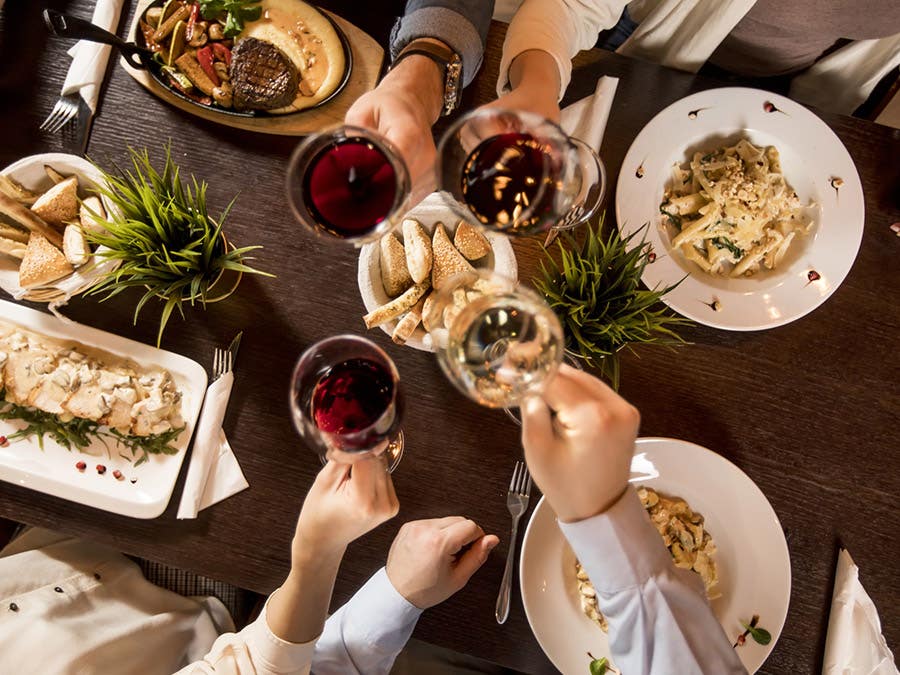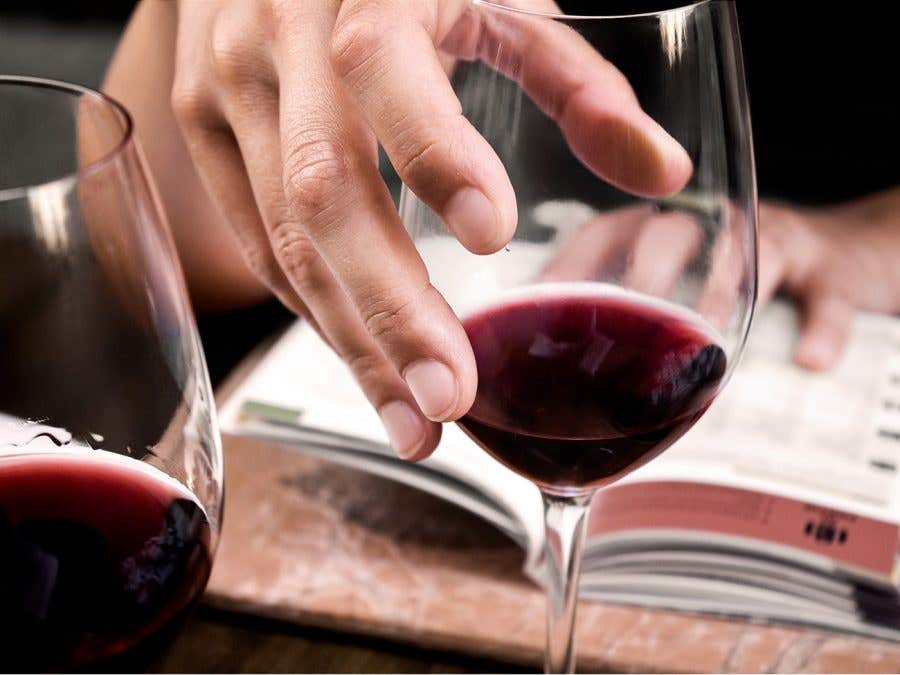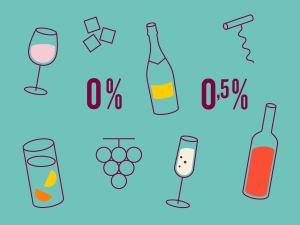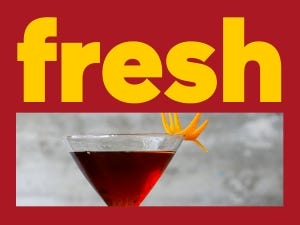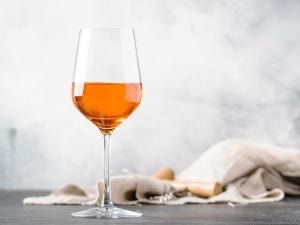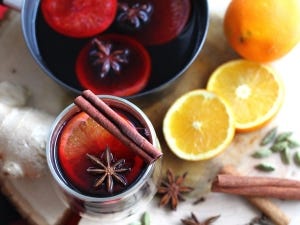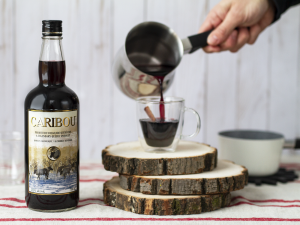

What you’re looking for is the moment when the flavours harmonize to create a happy confluence they couldn’t create alone.
Red wine
In general, the more intense and flavoursome a dish is, the stronger a wine should be. To accompany game or lamb, for instance, a full-bodied wine will do. Lighter wines will harmonize with foods of similar intensity, such as white meats, poultry, pasta with tomato or rosé sauces, and fish, such as salmon. Medium-bodied wines are versatile. The fruitier ones will harmonize with pasta and meat sauce, and sausages; others, with a more woody, spicy profile, will bring out the best in grilled beef and semi-strong cheeses.
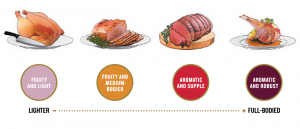

White wine
Certain flavours round each other out to perfection. The successful food and wine pairer will consider the dominant flavour of the dish they are serving the white wine with. Light wines with good acidity, for instance, bring out the best in shellfish, shrimp and lean fish, while rounder, buttery, more intense wines harmonize with dishes in cream sauce, or baked Brie. Dishes seasoned with fruit, lemongrass or ginger, or slightly sweet dishes, pair great with a wine with residual sugar.


Rosé
When they’re light and fruity, rosés are the ideal aperitif. They’re also good with fish or shellfish, salads, or pastas with a light, fresh sauce. More generous, affirmative rosés go splendidly with more substantial dishes like salmon, veal or pork. Sweet, fruity wines, delicious as aperitifs, go well with white meats, poultry and fish with sweet-and-sour or fruit-based sauces.
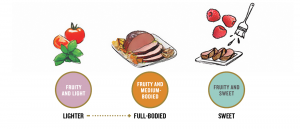

Related Posts
-
Read more
Its versatility has made it one of the most popular spirits in the world. Vodka lovers, learn more about its origins, traditions, and possible food and drink pairings.
-
Read more
Start the new year on the right foot with our Top 20 wines taken from four wine guides written by your favourite contributors. Whatever your taste, budget, or occasion, we have a wine for you!
-
Read more
Pop the bubbly and discover the perfect pairings for each taste tag!
 Access to SAQ Inspire personalized services and store inventories are unavailable at the moment.
Access to SAQ Inspire personalized services and store inventories are unavailable at the moment. Free in-store delivery with purchases of $75+ in an estimated 3 to 5 business days.
Free in-store delivery with purchases of $75+ in an estimated 3 to 5 business days. 
